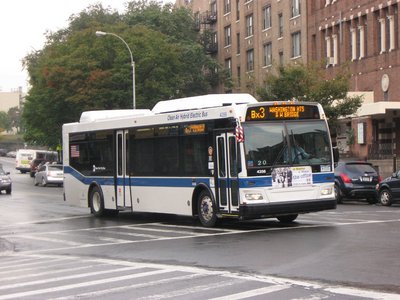In Blackstock v.Board of Education of the City of New York, decided on May 12, 2011 by The Appellate Division, First Department, a special education speech therapist employed by the defendant Board of Education, claimed that she suffered personal injury as the result of an assault by a student. She alleged defendant failed to properly supervise its students. The Court granted defendant summary judgment holding plaintiff failed to show that defendant owed her a special duty of protection. The Court held as follows;
“Under these circumstances, in order to impose liability, plaintiff had to show that defendant owed her a special duty of protection (see Bonner v City of New York, 73 NY2d 930, 932 [1989]; see also Vitale v City of New York, 60 NY2d 861, 863 [1983]). Plaintiff’s failure to allege or provide the factual predicate for the special relationship theory in her notice of claim or complaint is fatal to maintenance of this action (see Rollins v New York City Bd. of Educ., 68 AD3d 540, 541 [2009]). Moreover, the record shows that plaintiff could not prove all of the necessary elements of that theory (see Cuffy v City of New York, 69 NY2d 255 [1987]). Accordingly, there are no material issues of fact, and summary judgment was properly granted.”
 New York Personal Injury Attorneys Blog
New York Personal Injury Attorneys Blog


 In their most recent article,
In their most recent article,  Our partner
Our partner 